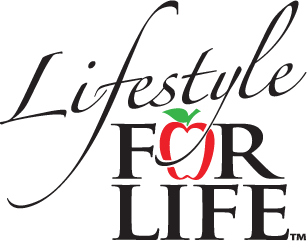
If you are looking to restrict sodium, reduce or eliminate sugar, reduce or eliminate dairy and gluten, then I would suggest canning your soups. Soups are usually a staple in casseroles; if you make your own, you can better control of your nutrition.
There are several steps to ensure you preserve the product safely, and a lot of different equipment. Today I am going to keep it simple and specifically address canning soups. I choose to bypass most of the standard equipment to make it easier for myself. It is not hard to do, and you will always know what you are serving.
What to you will need

It is important to sterilize your equipment, and jars. You can reuse mason jars and rings but should always replace the inserts with new ones for the best results. Sterilizing is vital! We sterilize to kill bacteria, yeasts, molds and fungi, which are the main reasons food go bad. If you sterilize and seal properly – meaning create a vacuum when filled, then your product can safely be stored on the shelf for a few months.
The method I use is called hot fill. Boiling product or product that is at least 85 deg C is place into hot jars, capped and inverted for a few minutes and then stored.
I also sterilize my jars using the Oven method. You should use mason jars for this method. In this method, wash your jars in hot soapy water. Do not dry, but instead transfer the jars to the oven on a tray. Bring the oven to 350 deg F (176 deg C) and leave the jars and rings in for 15 minutes. You should boil your inserts and remove from boiling water just prior to filling.
Make your soup according to the recipe. Coordinate your filling with the sterilizing time of your jars as you should add the hot liquid or soup to the hot jars. Be sure that your soup reaches at least 85 deg C before adding to the jars. Be careful when filling, remember to use over-safe mitts. If the product bubbles when filling do not be alarmed.
Please feel free to leave a message or comment or question on this topic.

1 Comment. Leave new
Good ideas. Will definitely try